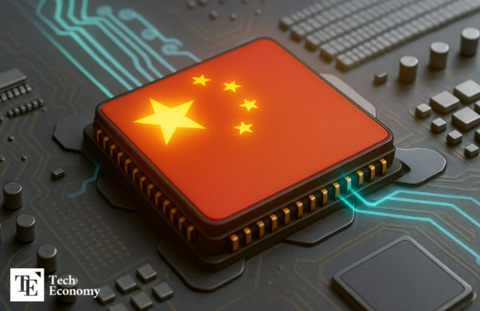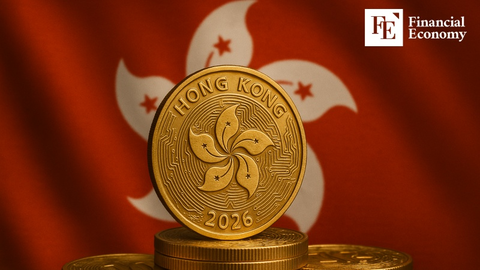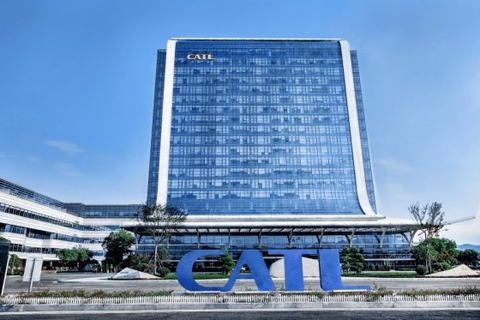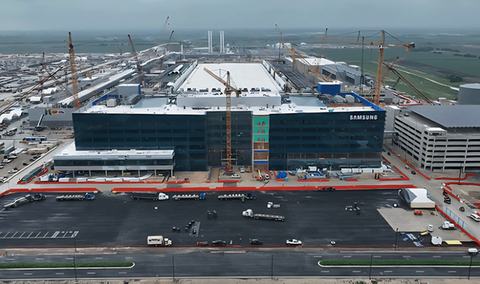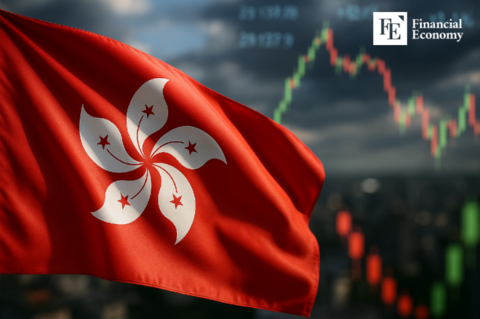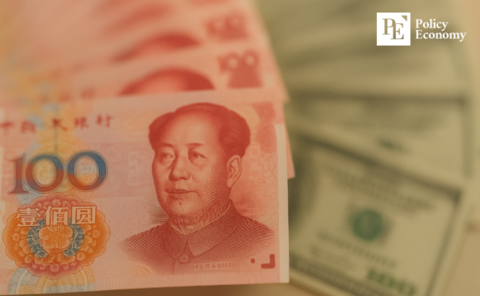Input
Changed
CXMT Supplying HBM3 Samples to Domestic Firm Huawei China’s ‘Semiconductor Rise’ Expanding into High-Performance Memory U.S. Sanctions Pushing Semiconductor Equipment Localization Rate Above 20%
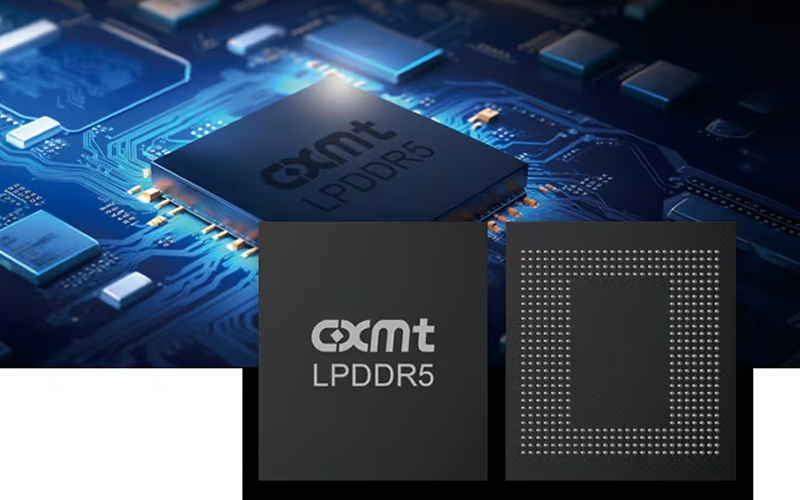
CXMT, a Chinese semiconductor manufacturer, has begun supplying samples of its self-developed high-bandwidth memory (HBM3) to domestic tech giant Huawei, marking the country’s formal entry into the high-performance memory segment. This move comes as Beijing accelerates efforts to localize production and secure supply chains in response to Washington’s sweeping semiconductor export controls. Industry analysts warn that if a Chinese player gains a foothold in the HBM market—until now dominated by Samsung Electronics, SK hynix, and Micron—the global competitive landscape could be upended.
HBM3 Supply Achieved Four Months Ahead of Schedule
According to industry sources on the 12th, CXMT (ChangXin Memory Technologies) recently delivered initial HBM3 samples to key customers, beating market expectations by roughly four months. HBM3 consists of eight DRAM dies stacked vertically, while the more advanced HBM3E uses a 12-die configuration—both are currently at the forefront of global high-performance memory.
CXMT’s HBM3 integrates its own DDR5 chips, produced using a proprietary “G4” process that applies 16-nanometer technology nodes, reducing chip size by about 20% compared with the previous 18-nanometer “G3” generation. However, vertical stacking processes such as thermal compression (TC) bonding were outsourced to outsourced semiconductor assembly and test (OSAT) firms rather than performed in-house.
The company’s first HBM3 batches are destined for Huawei, which is awaiting mass-production approval. Huawei plans to incorporate these HBM3 modules into its artificial intelligence (AI) processors, sourcing GPUs from domestic fabless firms to circumvent U.S. restrictions. Following mass shipments of its “Ascend 910C” AI chip in May, Huawei aims to launch the successor “Ascend 920” before year-end.
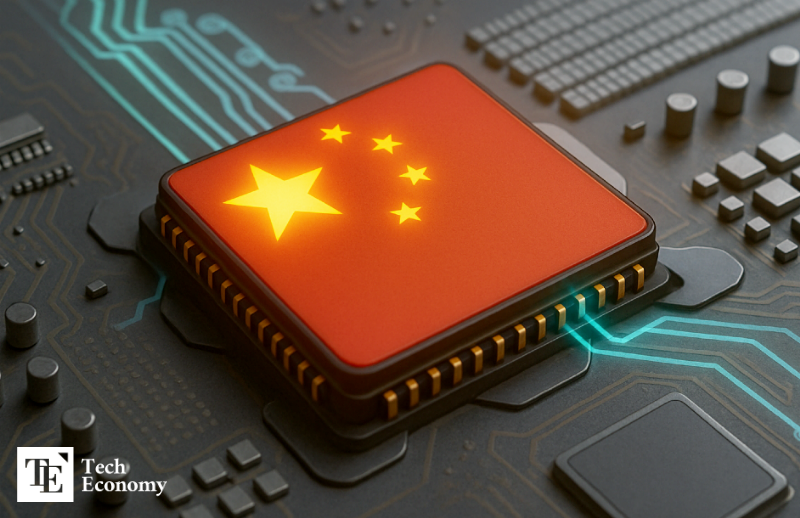
Legacy DRAM Market Surrendered to China, Focus Shifts to HBM
The speed of China’s “HBM push” has raised concerns in South Korea’s semiconductor sector, recalling the LCD market’s collapse under Chinese low-cost competition. Initially, CXMT focused on commodity DRAM to skirt U.S. export controls, making significant gains in the DDR4 segment. Aggressive pricing forced the “big three” memory producers—Samsung, SK hynix, and Micron—to scale back DDR4 output and signal market withdrawal within one to two years.
Having effectively ceded the commodity DRAM market in that timeframe, Korean manufacturers have concentrated resources on high-margin HBM production. Yet the entry of CXMT into HBM threatens this last bastion. Currently, only three companies supply HBM3 globally, but with state backing and ready access to China’s IT champions as anchor customers, CXMT could disrupt this oligopoly. The company still derives 85% of DRAM output from DDR4, but mass production of HBM3 could swiftly establish a four-player global contest.
Industry watchers also point to Yangtze Memory Technologies Co. (YMTC) as a potential new entrant. Best known for its 294-layer NAND technology, YMTC has been exploring DRAM opportunities as AI-driven demand surges. Its foundry subsidiary XMC possesses TSV (through-silicon via) tooling—critical for HBM packaging—suggesting a pathway into the market, with HBM likely to be the entry point.
China Accelerates Localization of Semiconductor Equipment
Alongside device development, China is moving to replace imported semiconductor manufacturing tools. Historically reliant on ASML (Netherlands), Applied Materials and Lam Research (U.S.), and Tokyo Electron (Japan), Chinese fabs have increased self-sufficiency to an estimated 23% by last year. Analysts forecast that, with near-complete localization in commodity semiconductor tools and ongoing advanced-process R&D, equipment self-reliance could reach as high as 50% in the coming years.
Domestic equipment makers are riding this wave. Naura Technology, China’s largest semiconductor equipment firm, ranked eighth globally in 2023 sales, posting a net profit of approximately $1.58 billion—up 53% year-on-year. ACM Research recorded a 51% sales increase to around $810 million, while AMEC, a key supplier to TSMC, boosted revenue 45% to roughly $12.4 billion.
Beijing is also restructuring the sector to consolidate resources. Plans call for merging more than 200 state-subsidized firms into around 10 elite players. In March, Naura acquired a 9.5% stake in coating-equipment maker Kingsemi as part of this rationalization push, expanding its portfolio beyond deposition, etching, and cleaning into coating systems. Naura is expected to increase its stake within a year to secure management control.

